What to Wear While Welding: Protective Gear 101
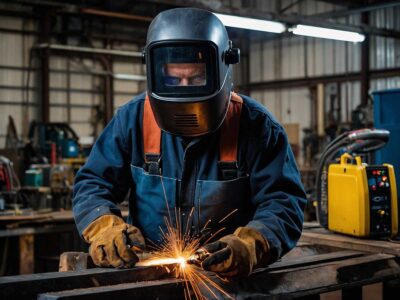
When it comes to welding, knowing what to wear while welding is vital. The right welding safety gear not only protects you from injuries but also enhances your productivity. As a welder, I can’t stress enough the importance of using the appropriate protective clothing for welders.
Essential items include gloves, helmets, jackets, and proper footwear. These components of welding PPE act as your first line of defense against potential hazards. In this article, I’ll guide you through the key protective gear every welder should have.
Importance of Proper Welding Attire
Wearing the right clothing while welding is not just a suggestion; it’s a necessity. Welding safety should always be your top priority, given the inherent risks of the job. Proper welding attire importance becomes clear when you consider the potential dangers:
- Burns: Welding involves high temperatures and molten metal, posing a severe burn risk. Proper welding PPE includes flame-resistant clothing to protect against these hazards.
- Injuries: Sparks and hot metal fragments can cause serious injuries. Wearing the right welding gear reduces the risk of cuts, abrasions, and impacts.
- Exposure to Harmful Fumes: Welding produces fumes that can be harmful if inhaled. Appropriate protective clothing and accessories can minimize this exposure.
By using the correct welding attire, you can mitigate these risks significantly, ensuring a safer and more efficient working environment.
Essential Protective Gear for Welders: Wear While Welding
1. Welding Helmet
A welding helmet is essential for protecting your face, eyes, and neck from sparks, UV radiation, and intense light. Without proper head protection, welders risk serious injuries such as burns and eye damage.
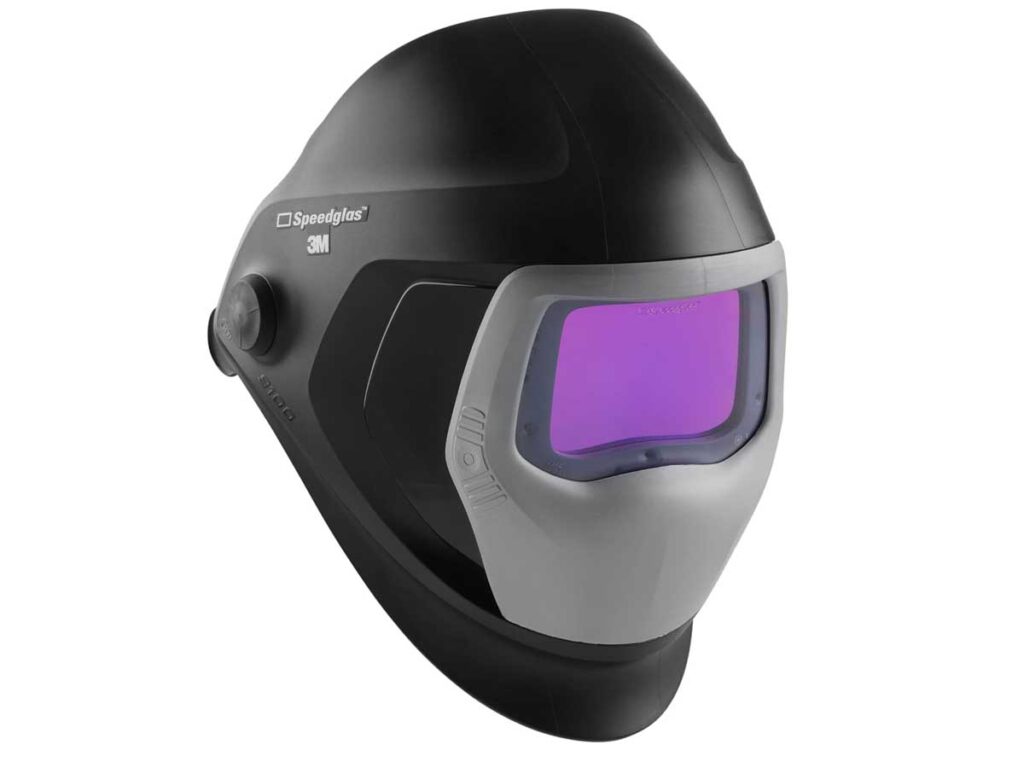
I recommend using an auto-darkening helmet for optimal vision. These helmets automatically adjust the lens shade to protect your eyes while allowing you to see clearly when not welding.
2. Welding Gloves
Welding gloves are a crucial part of your safety gear. Made from heat-resistant materials like leather, they protect your hands from burns and sparks. Look for gloves with gauntlet cuffs to shield your wrists and forearms.
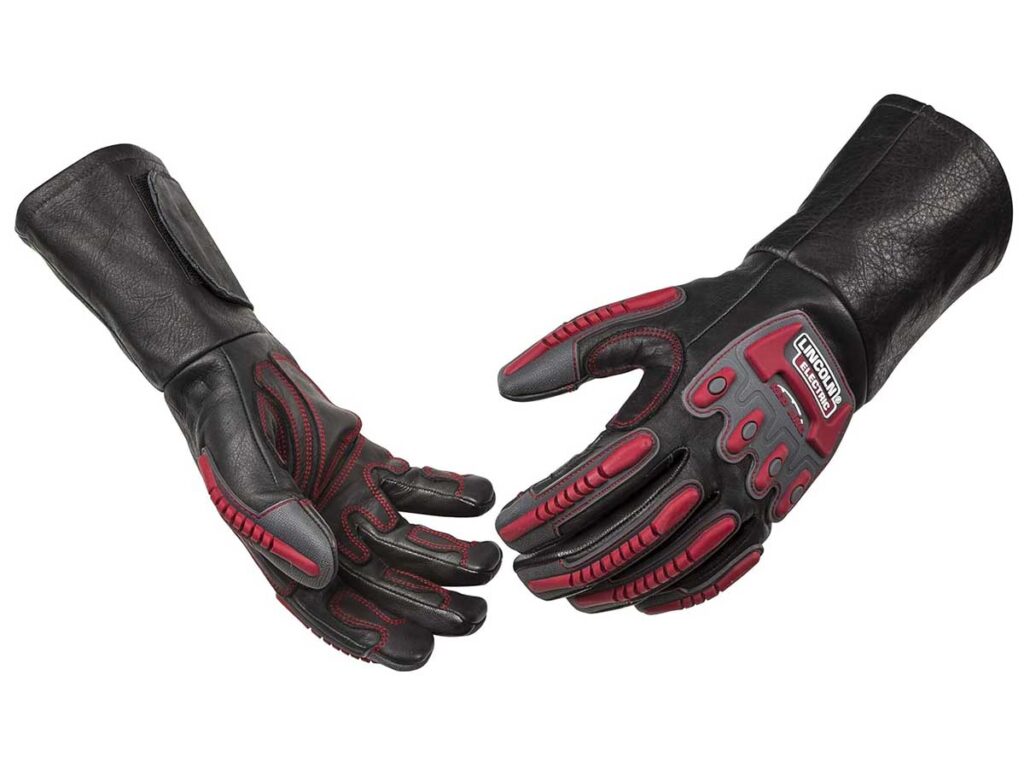
Additionally, gloves with moisture-wicking linings can keep your hands dry and comfortable during long welding sessions. Always choose protective gloves for welding that offer both durability and flexibility.
3. Flame-Resistant Clothing
Wearing flame-resistant clothing is a must for any welder. This includes FR welding jackets, aprons, and pants. These garments are typically made from treated cotton or leather, which resist ignition and provide a barrier against heat.
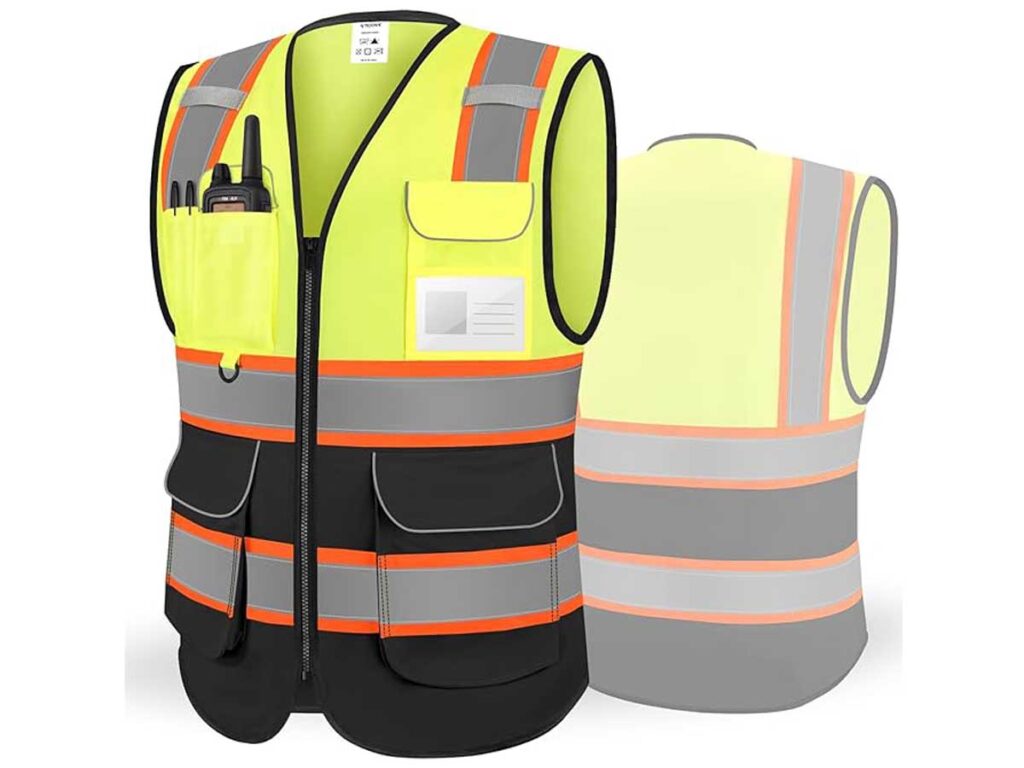
Welding protective clothing ensures that you stay safe from sparks and spatter, preventing burns and injuries. Choose clothing that fits well and covers all exposed skin for maximum protection.
4. Proper Footwear
Welding boots are vital for protecting your feet from sparks and falling debris. High-top, heat-resistant boots are ideal as they offer more coverage and stability.
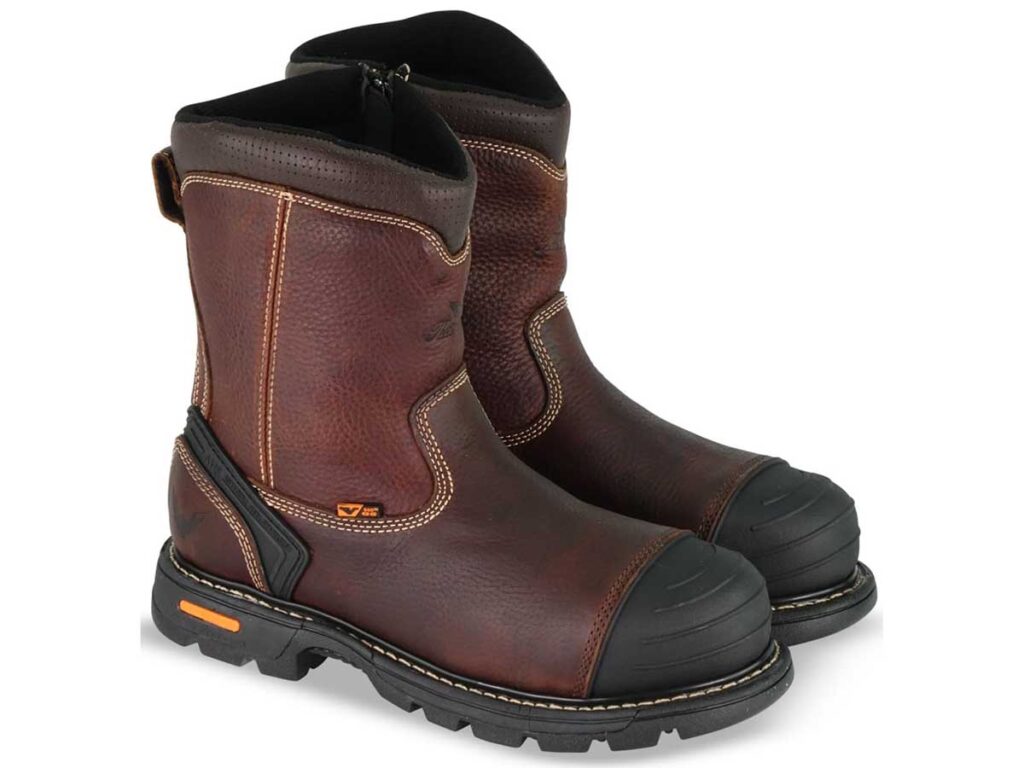
Look for boots with lace-up designs for a secure fit and fire-resistant protectors to shield your laces and feet from heat. Investing in good protective footwear will keep your feet safe and comfortable while you work.
5. Respiratory Protection
Respiratory protection is often overlooked but is incredibly important. Welding produces fumes and particulates that can be harmful if inhaled.
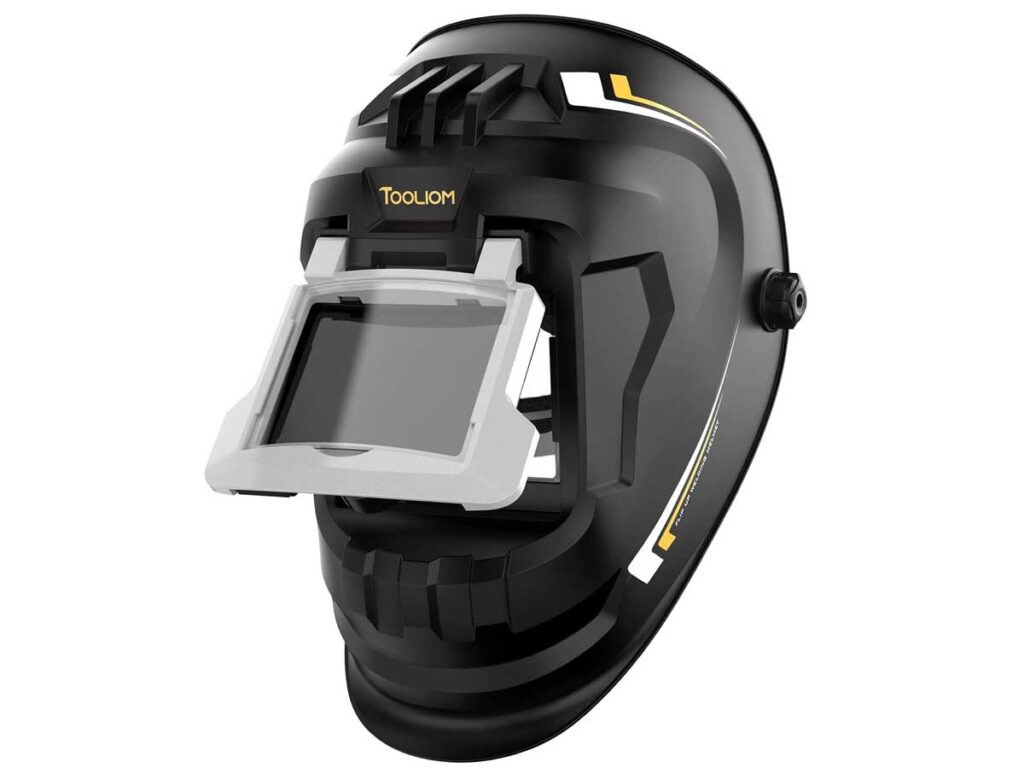
Wearing a welding mask or welding respirator can protect your lungs from these hazards. Make sure to choose a respirator that fits well and is suitable for the type of welding you do. This simple step can significantly reduce the risk of respiratory issues over time.
Additional Safety Tips for Welders
Avoid Synthetic Materials and Jewelry
One of the crucial welding safety tips is to avoid synthetic fabrics and jewelry. Synthetic materials like polyester and nylon can melt and stick to your skin if exposed to heat or sparks. Instead, wear natural fibers such as cotton and wool, which are less likely to catch fire and provide better protection.
Additionally, remove any jewelry before welding. Metal accessories can conduct electricity and cause burns or other injuries. Following this advice ensures safer welding attire and reduces the risk of accidents.
Maintaining Clean and Intact Gear
Maintaining clean welding gear is essential for your safety and comfort. Dirty or damaged gear can compromise your protection. Regularly inspect your protective clothing for signs of wear and tear, such as holes or frayed seams, and replace items as needed.
Proper laundering is also important; follow the manufacturer’s instructions to keep your gear in good condition. By consistently practicing welding safety maintenance, you ensure that your protective clothing remains effective, keeping you safe on the job.
FAQs about What to Wear While Welding
Final Thoughts for Every Welders
Choosing what to wear while welding is crucial for your safety and efficiency. The importance of welding attire cannot be overstated; it protects you from burns, injuries, and harmful fumes.
Always wear a welding helmet, heat-resistant gloves, flame-resistant clothing, proper footwear, and respiratory protection.
Use natural fibers like cotton and wool, and avoid synthetic materials. Regularly inspect and clean your welding safety equipment to ensure it remains effective. Maintaining your gear properly will extend its lifespan and keep you safe on the job.
By following these guidelines, you’ll be well-equipped to handle the demands of welding safely and efficiently.
